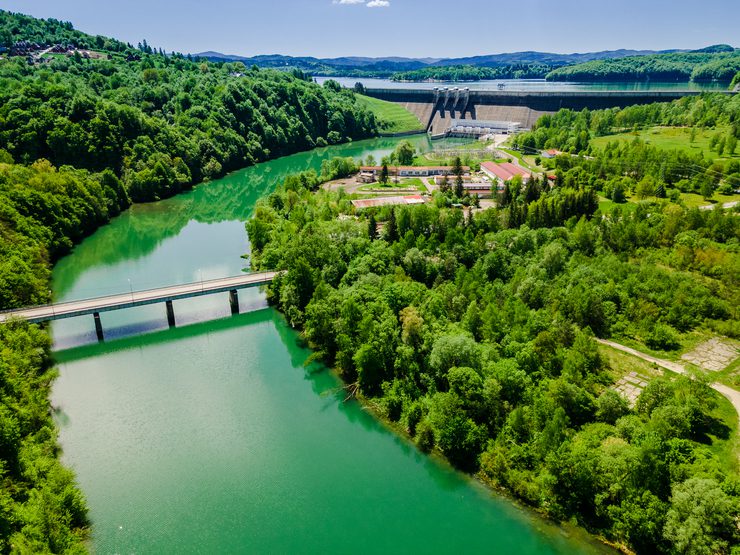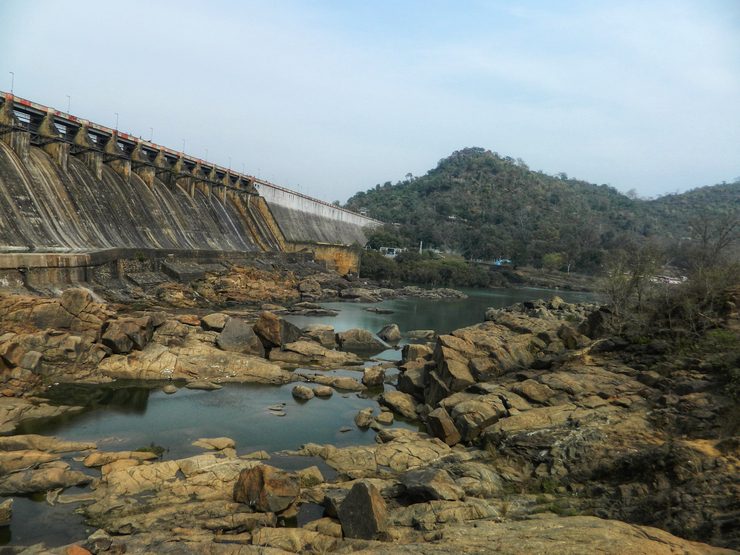A new report issued this week by the International Renewable Energy Agency (IRENA) says hydropower, which is already the largest source of renewable electricity in the world, must double in capacity if the world is to meet the climate goals outlined in the Paris Agreement by 2050.
The report says installed hydro capacity must reach about 3,000 GW, including 420 GW of pumped storage hydropower (PSH), to keep the rise in global temperatures to 1.5 degrees Celsius. “When considering the present installed capacity (1,360 GW), the current pipeline (652 GW), and the potential plant retirements by 2050 (630 GW), capacity additions and/or refurbishments amounting to 1,545 GW will be needed,” it says.
“Hydropower has been an effective source of clean power generation for more than a century,” IRENA Director-General Francesco La Camera, said in a statement issued on Feb. 13. “However, with the rapidly evolving energy landscape, it is important to reevaluate its future role and leverage recent technological advancements that can maximize its potential while ensuring its sustainability and climate resilience.”
Hydropower has high value based on its ability to provide flexible energy generation and other services, namely ancillary grid services, as well as water management and socio-economic benefits (Figure 1). However, IRENA says this value is not always recognized by existing markets. “Regulatory frameworks and markets should take all hydropower services into account to reduce misalignment between compensation and infrastructure needs,” the report says.

1. The Solina Hydroelectric Power Plant is a peak-load power plant with a pumping component, which plays a significant role in the Polish power system. The plant‘s original capacity was 136 MW, but a modernization project increased that to 200 MW. The plant consists of four hydroelectric units, located at the foot of Poland‘s highest gravity dam. The available head is 60 meters. The higher-elevation reservoir of the plant is the largest artificial lake in Poland. Source: Envato Elements
IRENA claims annual investments in hydropower must grow roughly fivefold. It says nearly $100 billion in investments will be needed over the next three decades. Attracting that money can be difficult, as much of the hydropower potential lies in developing countries where risks can be high. “Financing institutions need to work together with governments to overcome local risks and limitations, find common ground, and start funneling much-needed investment into these regions and countries,” the report suggests.
The report notes that the world’s existing hydropower fleet is aging and many units will need refurbishment in the not-too-distant future (Figure 2). “Most hydropower assets were built several decades ago to operate under different conditions to those of today,” it says. “This [refurbishment] need presents an opportunity to introduce new technologies and to modernize plants to fit the requirements of today’s power systems.”

2. The Massanjore Dam is situated across the Mayurakshi River in Dumka district of Jharkhand, India. The dam is about 155 feet high from its base and 2,170 feet long. The reservoir has an area of 16,650 acres when full and has a storage capacity of 500,000 acre-feet. The dam was built with Canadian aid, mostly for irrigation purposes, but it also has 22 MW of hydroelectric capacity. It was commissioned in 1955. Source: Envato Elements
Sustainability is also a focus of the report. Despite having made great progress in terms of sustainability over the last few decades, hydropower still has a reputation for being less sustainable than many other renewable energy technologies.
“This is mostly caused by the fact that when hydropower projects are not adequately planned or managed, the consequences can be catastrophic, something that has unfortunately happened in the past and which highlights the need for significant regulatory oversight to ensure safety and environmental support,” the report says. It notes, however, that “adequately planned and managed hydropower projects can minimize environmental impacts while offering substantial socio-economic benefits.”